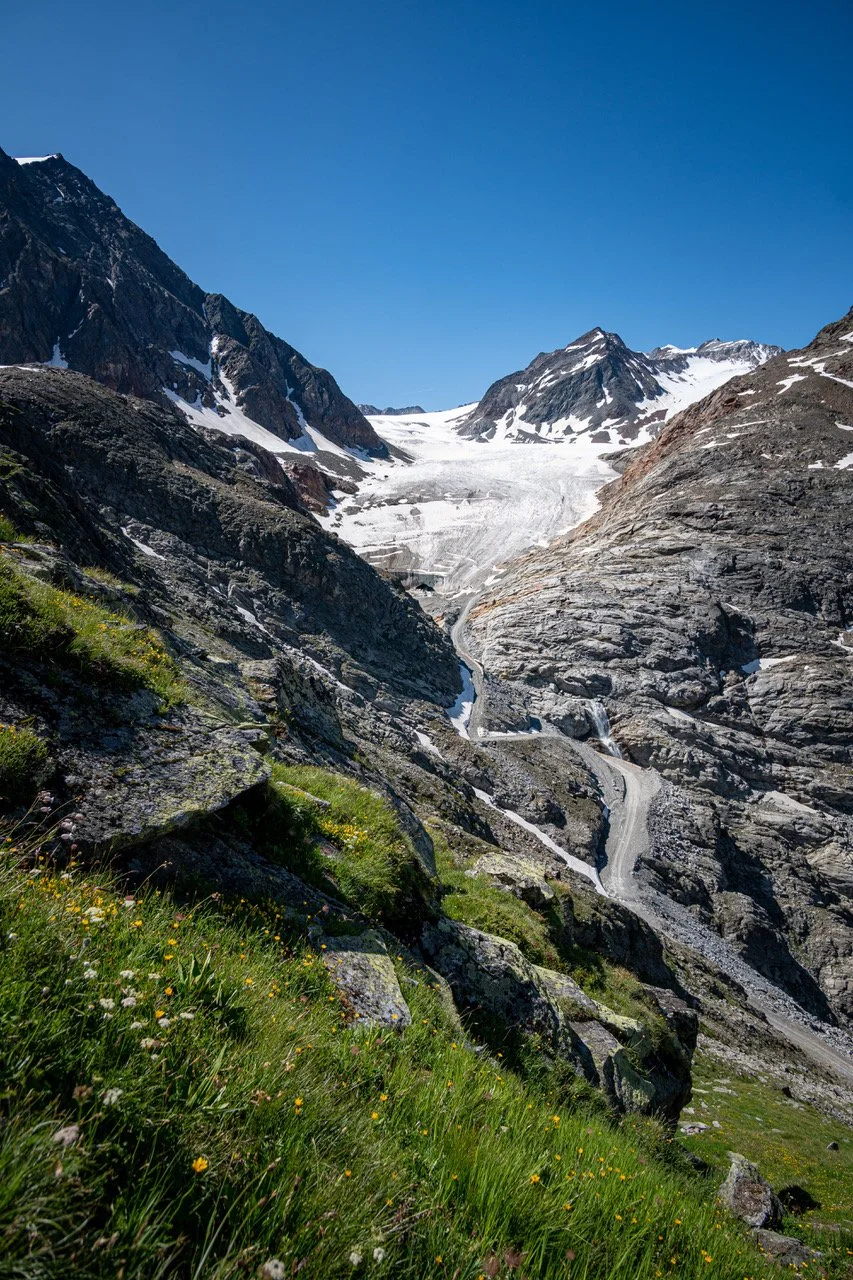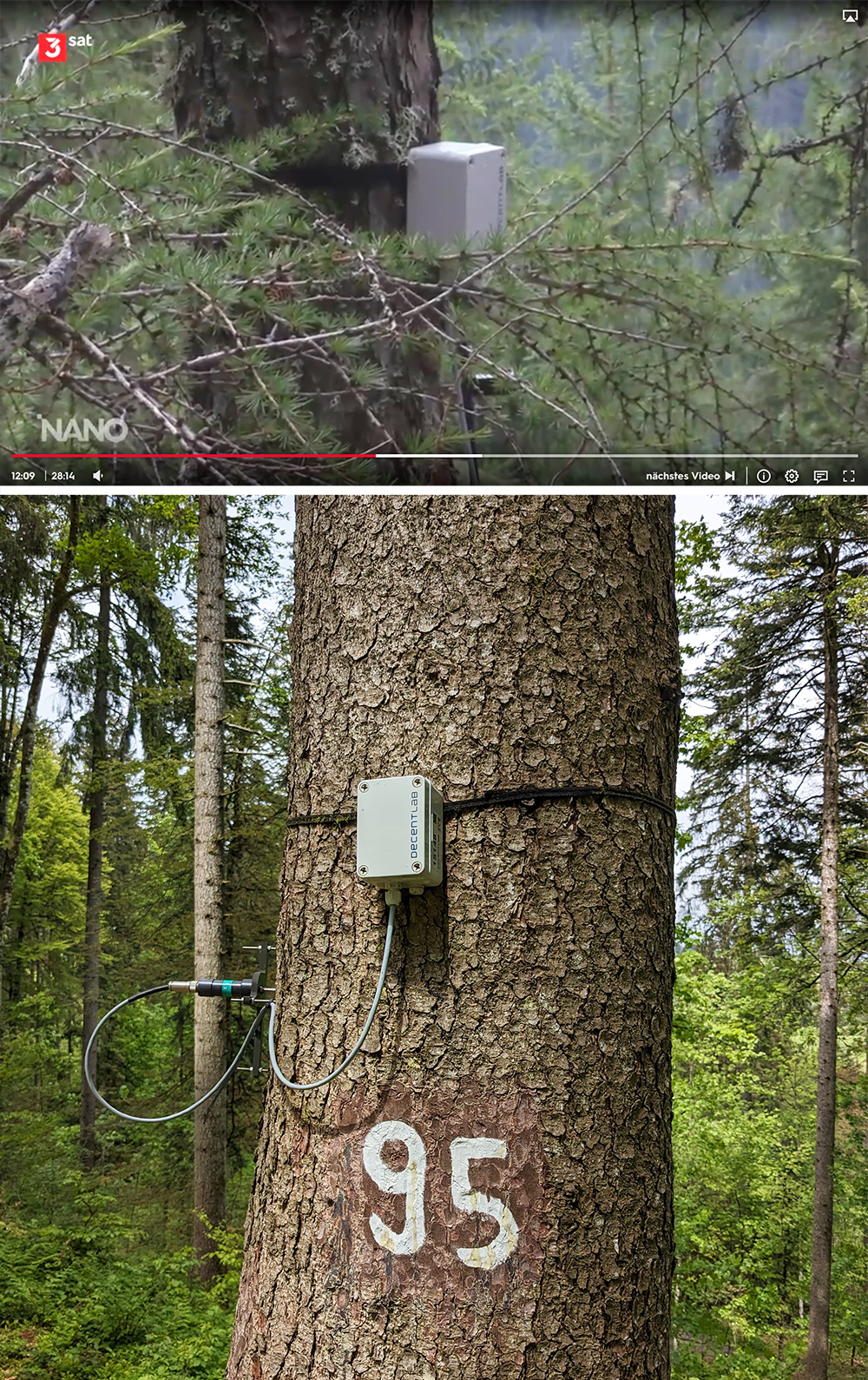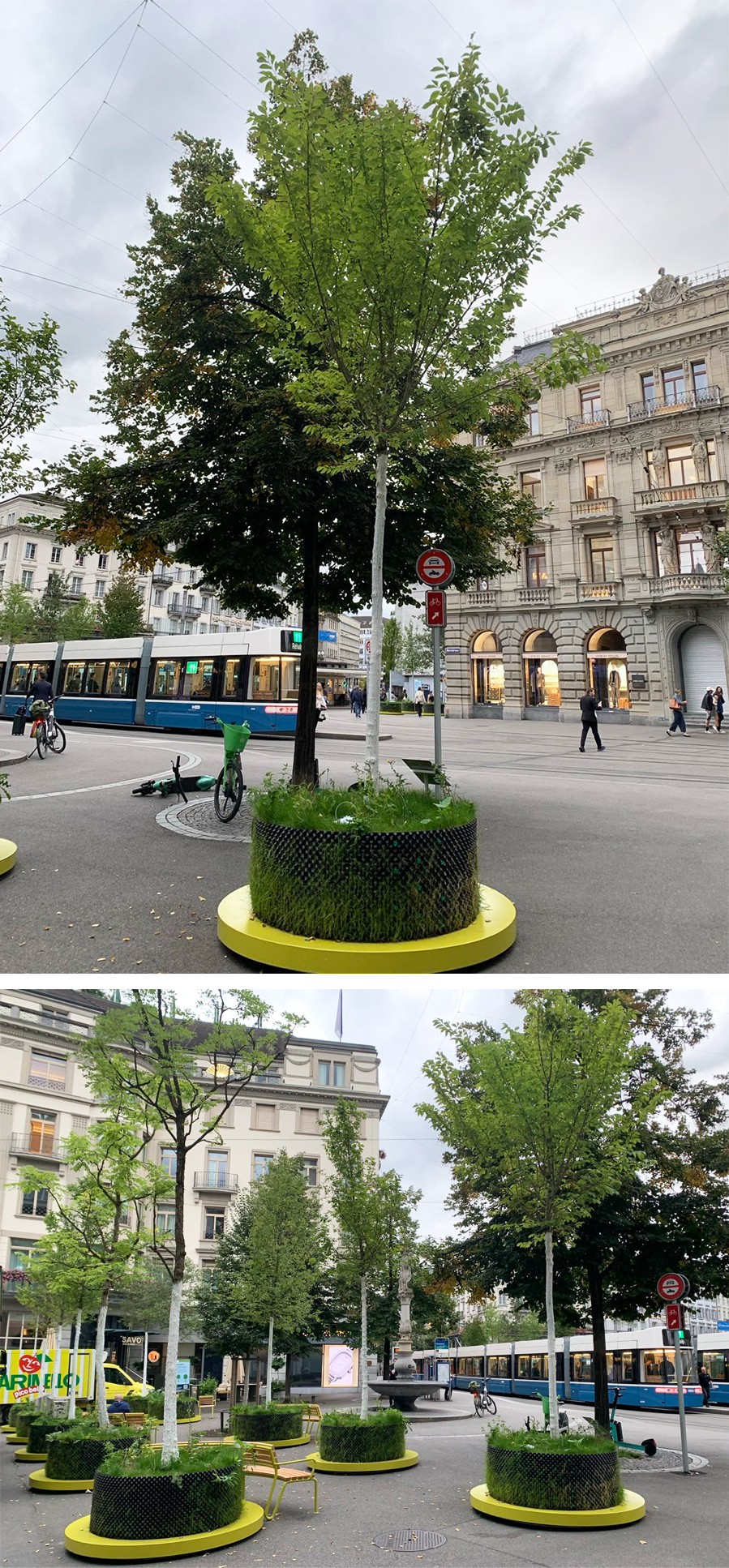1,000 Swiss glaciers already lost and melting goes on
/In 2025, Switzerland’s glaciers lost another three percent of their volume. A snow-poor winter, followed by heat waves in June and August, caused this decline, making it the fourth largest reduction on record. Some glaciers lost more than two meters of ice thickness in a single season. Since 2015, Swiss glaciers have lost roughly a quarter of their total volume, and over 1,000 small glaciers have already disappeared.
Winter snow reserves were depleted by mid-July, causing the melt to begin earlier than ever before. Although a cooler July provided some relief, August’s heat waves and exceptionally high zero-degree lines drove above-average summer temperatures, further accelerating the ice loss. Glaciers below 3,000 meters were particularly affected, with snow cover disappearing all the way up to the summits.
The ongoing ice melt contributes to the destabilization of mountain slopes, increasing the risk of rock and ice avalanches, such as the one in May 2025 that buried the village of Blatten.
To detect and monitor these rapid changes and potential hazards, precise environmental and geotechnical sensor technology has never been more important. An informative map, tracking long-term glacier changes in the Alps, of glacier measurements in Switzerland can be found here.
Read full article
Devices for geotechnical monitoring:
DL-LPW, DL-TP, DL-PR36, DL-TBRG






















